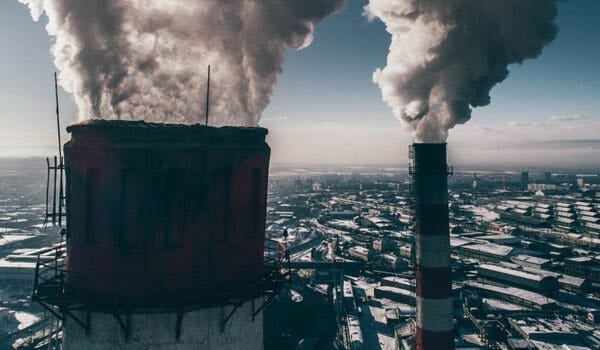In a new paper published in Scientific Reports today, scientists from NILU and other leading international partners show that global climate models are able to reliably calculate historical sulfur trends in accordance with observations.
“These models may thus be used to create scenario analyses of the future impact on climate and air quality”, says Dr Wenche Aas, senior scientist at NILU and main author of the paper.
Global SO2 emission trends change over time
Over the last decades, atmospheric scientists have seen large changes in the global and regional sulfur (SO2) emissions. After a steady increase since the beginning of the twentieth century, a growing awareness of the negative effects of air pollution on environment and human health paved the way for international and national legislation on emission-reductions.
Sulfur is emitted to the atmosphere from combustion of high sulfur containing fuels, i.e. coal and oil. The emissions can be reduced by implementing desulfurisation abatement technologies and/or changing the fuel or source of energy. In addition, there are also natural emissions of SO2 from volcanic activities.
Since 1980, SO2 emissions in Europe and North America have been substantially reduced. These emission reductions resulted in a global decrease from around 1980 until 2000 – when a sharp rise in Chinese emissions led to a new global increase until around 2006. A new declining global trend followed, mainly due to stricter emission controls in China and continued decreasing trends in Europe and North America.

“We still see variations in SO2 trends”, explains Dr Aas, “as there are still some countries which have not implemented effective emission controls. One of these is India, where the SO2 emissions continue to increase, making India the world’s second largest SO2 emitting country after China.”
Increased confidence in models used by the IPCC
In the paper, Aas et.al. address the question whether global climate models are able to reproduce the recent observed changes in the regional amplitudes of atmospheric sulfur and its inhomogeneous spatial distribution.
“Our results are positive”, says Dr Aas, “and we are confident that these models are able to calculate historical sulfur trends.”
The ability to reproduce historical atmospheric pollution levels is crucial, as it also says something about the models’ ability to predict the impact of air pollution on climate and air quality in future scenarios.
“This is particularly important”, explains Dr Aas, “because it gives increased confidence in model predictions of short-lived climate forces, models used by among others, the intergovernmental panel on climate change (IPCC). Until now, it was unknown whether these models could reproduce real-world trends.”
Further, such consistency also allows the observed concentration changes to be attributed to the emission changes. This is important, as one of the main objectives of the long-term regional monitoring programmes is to document changes in atmospheric composition and thus examine how effective environmental policies really are.
Read the paper “Global and regional trends of atmospheric sulfur” in Scientific Reports
